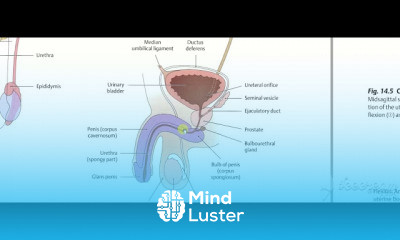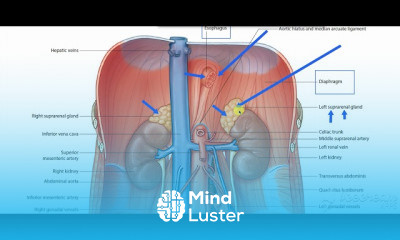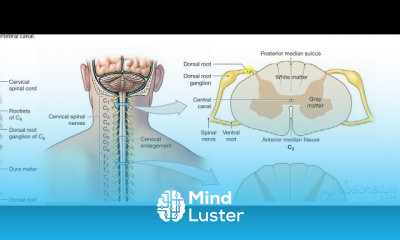Pituitary gland site
Share your inquiries now with community members
Click Here
Sign up Now
Lessons List | 18
Lesson
Comments
Related Courses in Medical
Course Description
Pituitary tumors are abnormal growths that develop in your pituitary gland. Some pituitary tumors result in too much of the hormones that regulate important functions of your body. Some pituitary tumors can cause your pituitary gland to produce lower levels of hormones.
Most pituitary tumors are noncancerous (benign) growths (adenomas). Adenomas remain in your pituitary gland or surrounding tissues and don't spread to other parts of your body.
There are various options for treating pituitary tumors, including removing the tumor, controlling its growth and managing your hormone levels with medications. Your doctor may recommend observation — or a ''wait and see'' approach.
Not all pituitary tumors cause symptoms. Sometimes they are identified incidentally on an imaging test such as an MRI or CT performed for some other reason. Pituitary tumors that make hormones (functioning) can cause a variety of signs and symptoms depending on the hormone they produce. The signs and symptoms of pituitary tumors that don't make hormones (nonfunctioning) are related to their growth and the pressure they put on other structures.
Large pituitary tumors — those measuring about 1 centimeter (slightly less than a half-inch) or larger — are known as macroadenomas. Smaller tumors are called microadenomas. Because of the size of macroadenomas, they can put pressure on the normal pituitary gland and nearby structures.
Signs and symptoms related to tumor pressure
Signs and symptoms of pressure from a pituitary tumor may include:
Headache
Vision loss, particularly loss of peripheral vision
Trends
French
Graphic design tools for beginners
Artificial intelligence essentials
Formation efficace à l écoute de l
MS Excel
Essential english phrasal verbs
Build a profitable trading
Electrical engineering for engineer
YouTube channel setup
Data Analytics Visualization Techniques
Python for beginners
Build a tic tac Toe app in Xcode
Magento Formation Français
Figma for UX UI design
Computer science careers
Python programming language
Excel skills for math and science
Learning English Speaking
Web Design for Beginners
Printing student ID cards with excel tools
Recent
Growing ginger at home
Gardening basics
Ancient watering techniques
Grow mushrooms
Growing onions
Veggie growing
Bean growing at home
Growing radishes
Tomato growing at home
Shallot growing
Growing kale in plastic bottles
Recycling plastic barrel
Recycling plastic bottles
Grow portulaca grandiflora flower
Growing vegetables
Growing lemon tree
Eggplant eggplants at home
zucchini farming
watermelon farming in pallets
pineapple farming


















